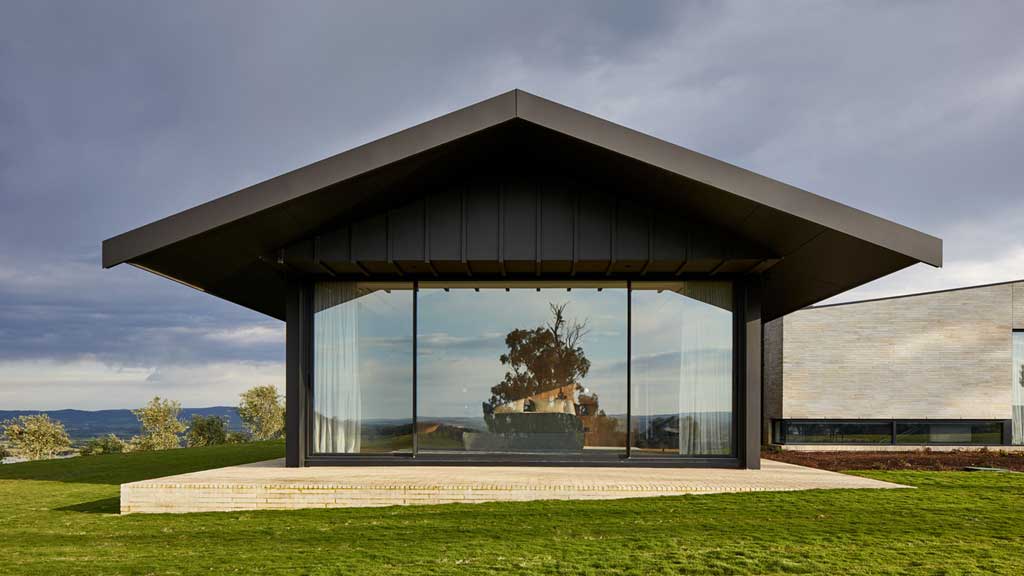Your roof is one of the most important parts of your house. It protects you from rain, snow, and sun. But over time, roofs can get damaged and need fixing. Your roof does a big job. It keeps water out of your house and helps control the temperature inside. When your roof is in good shape, it:
• Stops leaks that can damage your walls, ceilings, and belongings
• Keeps your energy bills lower by keeping heat and cool air inside
• Protects your home’s structure from water damage
• Makes your house look nice from the outside
If you don’t fix roof problems quickly, they can lead to bigger, more expensive issues. That’s why it’s smart to take care of your roof and fix small problems before they turn into big ones.
Signs Your Roof Needs Repair
How do you know if your roof needs fixing? Here are some things to look out for:
Leaks and Water Stains
If you see water stains on the walls or ceilings, that’s a sign that water is getting through your roof. Even small leaks can cause big problems over time.
Missing or Damaged Shingles
Walk around your house and look at your roof. Do you see any shingles that are cracked, curled, or missing? Damaged shingles can let water in.
Sagging Roof
If parts of your roof look like they’re sinking or sagging, that’s a serious problem. It could mean the wood under your roof is rotting.
Granules in the Gutters
Asphalt shingles have tiny granules on them. If you see a lot of these granules in your gutters, it means your shingles are wearing out.
Daylight Through the Roof Boards
Go into your attic on a sunny day. If you can see light coming through the roof boards, that means there are holes in your roof.
High Energy Bills
If your heating or cooling bills are suddenly much higher, it could mean your roof isn’t keeping the air inside like it should.
Age of Your Roof
Most roofs last about 20-30 years. If your roof is older than that, it might be time for repairs or even a new roof.
Common Roof Repairs
Here are some of the most common roof repairs:
Fixing Leaks
Leaks are one of the most common roof problems. Skilled Cardiff roofers can find where the leak is coming from and fix it. This might involve replacing damaged shingles or fixing the flashing (the metal strips that seal areas around chimneys and vents).
Replacing Damaged Shingles
When shingles are cracked, curled, or missing, they need to be replaced. This helps keep water out and makes your roof look better.
Fixing Gutters
While not part of the roof itself, gutters are important for moving water away from your roof and house. Fixing or cleaning gutters can prevent water from backing up onto your roof.
Repairing Roof Vents
Vents help air move through your attic. If they get damaged, they can let water in. Fixing or replacing damaged vents is another common repair.
Addressing Structural Issues
Sometimes, the wood under your roof (called the decking) can rot or get damaged. This is a more serious repair that involves replacing the damaged wood.
The Roof Repair Process
Whether you’re doing it yourself or hiring a pro, here’s what the roof repair process usually looks like:
Inspection
First, you or a professional will look closely at your roof to find all the damaged areas. This might involve looking from the ground, on the roof itself, and in the attic.
Assessment
Once the damage is found, you’ll figure out what needs to be done to fix it. This includes deciding what materials are needed and how long the repair will take.
Preparation
Before the actual repair starts, you’ll need to get all the materials and tools ready. This might include shingles, nails, roofing cement, and safety equipment.
Repair
The actual repair work happens next. This could involve removing damaged shingles, applying new ones, fixing flashing, or addressing structural issues.
Clean-up
After the repair is done, all the old materials and debris need to be cleaned up. This includes sweeping up loose nails that could be dangerous.
Final Inspection
Once everything is cleaned up, there’s usually a final check to make sure the repair was done right and there are no other issues.
Preventing Future Roof Damage
After you’ve fixed your roof, you’ll want to keep it in good shape. Here are some tips to prevent future damage:
Regular Inspections
Look at your roof at least twice a year, in the spring and fall. Check it after big storms. Look for damaged shingles, clogged gutters, or other issues.
Keep Trees Trimmed
Branches hanging over your roof can scrape and damage shingles. They can also fall on your roof during storms. Keep trees trimmed back from your roof.
Clean Your Gutters
Clogged gutters can cause water to back up under your shingles. Clean your gutters at least twice a year, more if you have lots of trees nearby.
Fix Small Problems Quickly
If you notice a small issue, like a loose shingle, fix it right away. Small problems can turn into big ones if left alone.
Ensure Good Attic Ventilation
Good airflow in your attic helps prevent ice dams in winter and reduces heat buildup in summer. Both of these can damage your roof.
Remove Snow and Ice
In snowy areas, use a roof rake to remove heavy snow. This prevents ice dams and reduces the weight on your roof.
Consider Professional Maintenance
Some roofing companies offer maintenance plans. They’ll inspect your roof regularly and fix small issues before they become big problems.
Conclusion
Taking care of your roof is an important part of home maintenance. By catching problems early and fixing them properly, you can avoid bigger, more expensive issues down the road.
Inspect your roof regularly, address problems quickly, and don’t hesitate to call a professional for help with repairs. With proper care and maintenance, your roof can protect your home for many years to come.
While roof repair might seem overwhelming, understanding the basics can help you make good decisions about your home. Whether you’re handy enough to tackle small repairs yourself or you prefer to leave it to the professionals, the most important thing is to address roof issues promptly to keep your home safe and dry.







